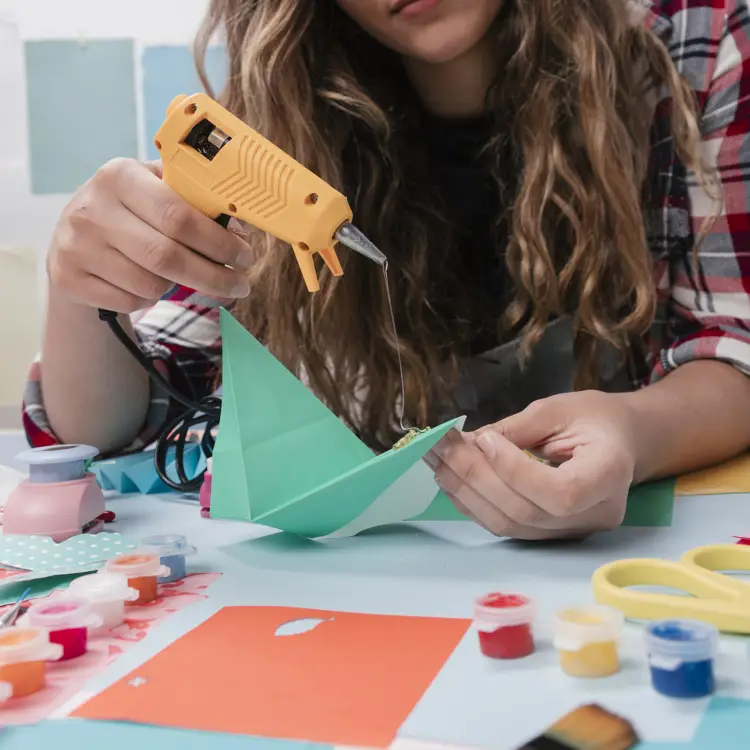Choosing DIY in home improvement is often a cost issue. In home improvement, you save on expertise and experience to build cheaper, but that is not really the same in building software. DIY in software still requires experts with experience, so this changes the discussion to a build vs. buy discussion. The build vs. buy discussion is often a business discussion, but in this post, we want to take the engineering perspective.
Enterspeed helps developers deliver high-performing global APIs with no infrastructure, and one way to describe our platform is as a SaaS middle layer. We often find ourselves involved in discussions with other engineers about the pros and cons of a DIY middle layer. It probably won't be a surprise that we tend to advocate to buy when you need a middle layer in a composable web project.
However, even with the SaaS vendor's bias, we understand why DIY is chosen for some projects. As software engineers ourselves, we sympathise with the urge to writing code, and we believe you should write your own code when you need to support unique business requirements and/or when you need to have full control.
Business uniqueness
Business uniqueness is a tricky parameter to assess. When you are on the inside of the business, many tend to regard themselves as a unique business doing things in a unique way. On the opposite perspective, looking outside in, you might have a tendency to assess a business as more standard. The outside-in perspective doesn't fully comprehend the intricate details of the business. Satisfying what appears to be a unique business requirement is often the reason to go with a DIY middle layer.
Control
Control is the other argument we hear for going down the DIY route in IT. This is a reasonable argument, but the counter argument is that more control comes together with more responsibility. The more code you write, the more code you need to maintain and operate. Building and operating high-quality software requires more and more knowledge and manpower. You need to consider the total lifecycle of the software – and a simple question you need to be able to answer is: who will maintain this software in 2 years?
The force of laziness
With the concepts of uniqueness and maintenance established, we can get back to the DIY trap. The DIY trap is a bit of a paradox, as software engineers are lazy by nature and many actually want to reuse components and third-party software. But perhaps this is also an explanation, as understanding the code you write yourself is easier than learning and fully understanding a third-party tool. With this understanding, laziness becomes both a force that pushes engineers down the DIY path and one that could lead them towards a third-party tool.
The question you should ask yourself is: is DIY a trap that will set you up for a never-ending trail of maintenance and missed business opportunity, or is it the advantage that allows your business to scale and innovate?

20 years of experience with web technology and software engineering. Loves candy, cake, and coaching soccer.

